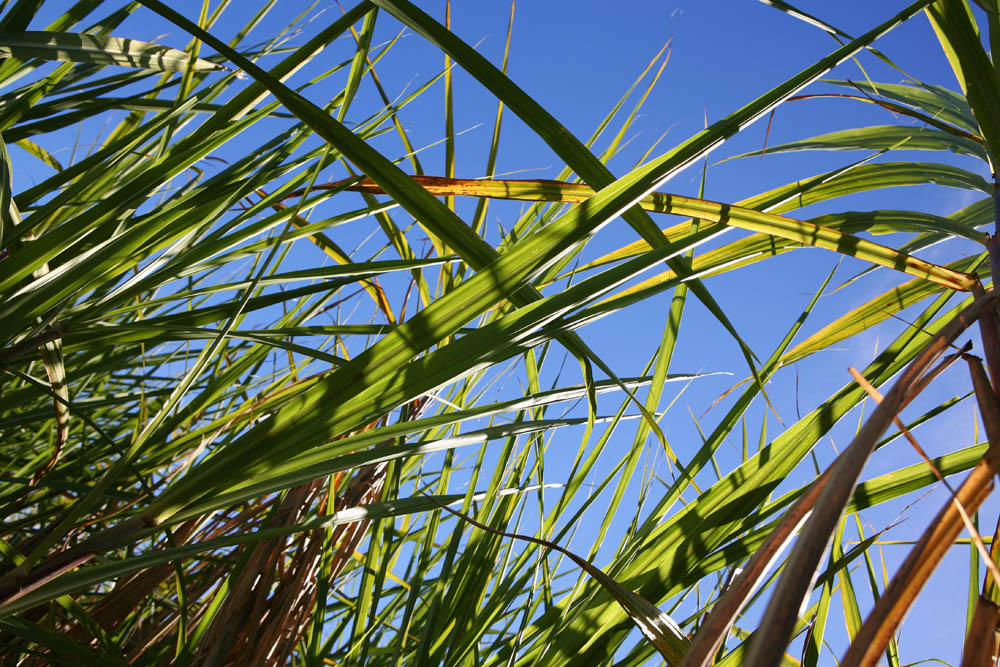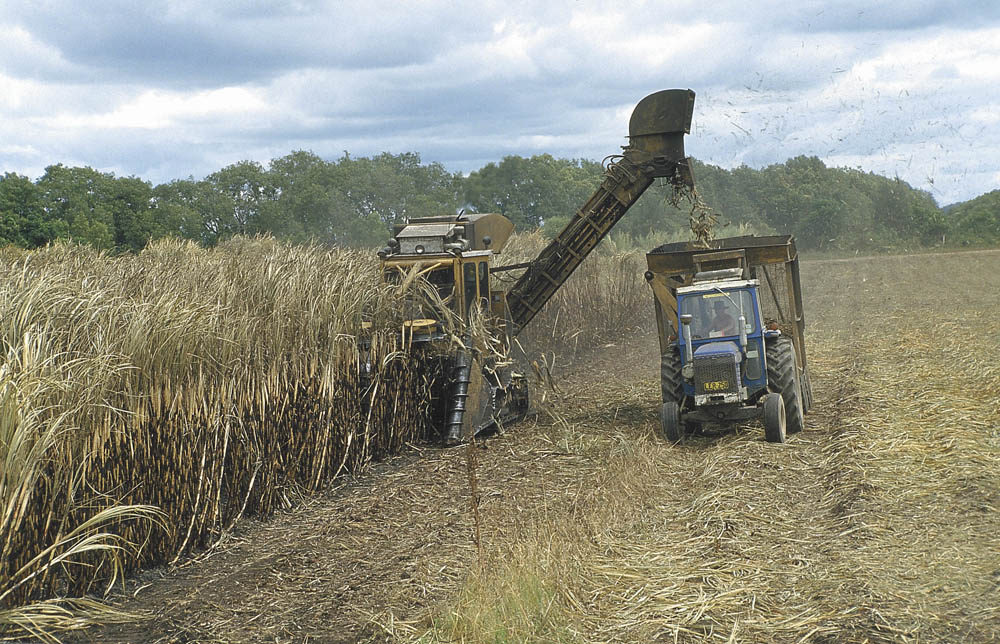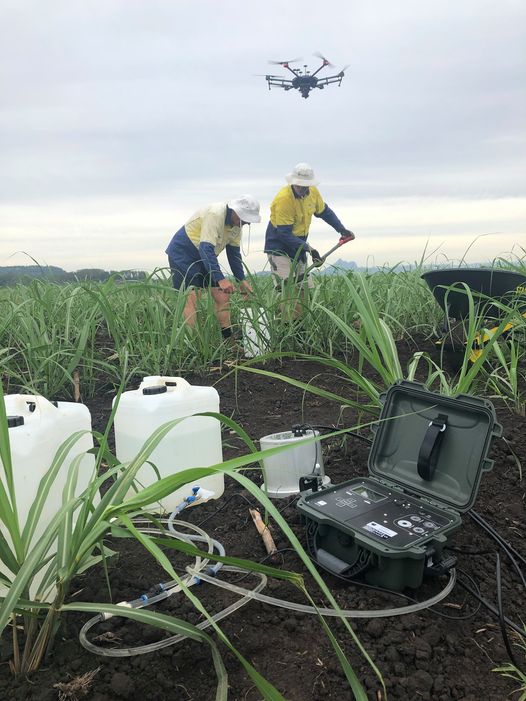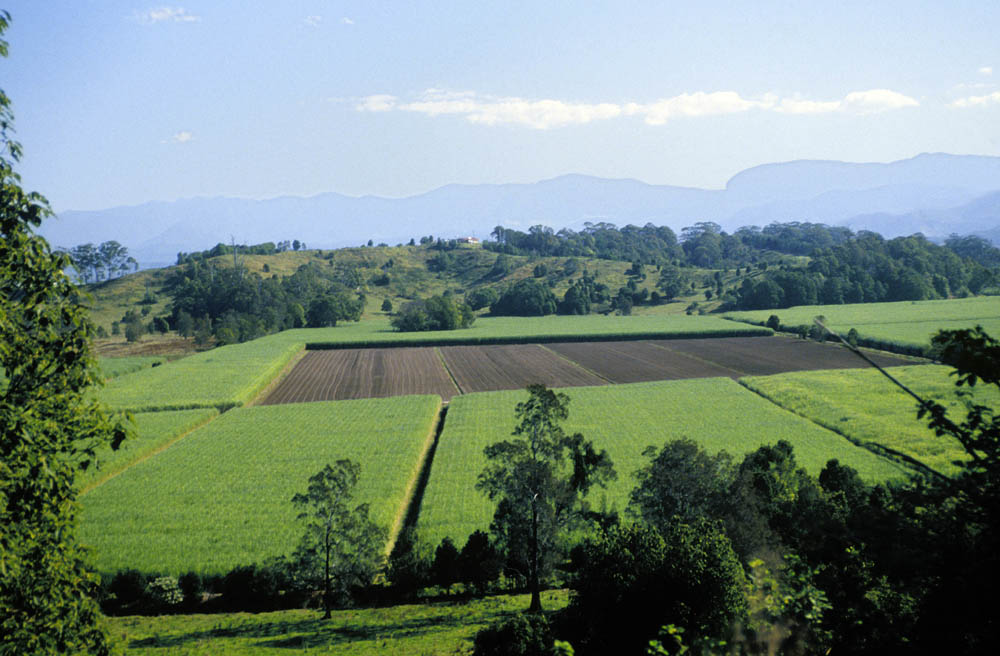- GVP $73.6 million est. Up 13% yoy.
- Production increased 9% in 2020-21 season yoy, crushing 1.74 million tonnes of cane.
- Area harvested in 2020 season was 14,712 ha.
Production
Sugarcane production by area harvested and yield
- Area harvested for milling (ha)
- Sugarcane yield (t/ha)
The lift in cane crushed was predominantly due to increased yield with New South Wales cane harvested per hectare increasing 6% year-on-year, to average 118.5 tonnes per hectare in 2020. For the 2020 harvest season, 60% of the area harvested was cut as two-year old cane. 189 Given that the New South Wales harvest period typically runs from June to December most of the 2020 season’s harvest relates to the 2020-21 financial year.
Increased production was also attributable to a 2% increase year-on-year in area harvested for milling, which increased to 14,712 ha. However, this area harvested for milling was still 6% below the 5-year average to 2019. 39 Moderating overall production, the 2020 crop’s commercial cane sugar content was 11.93 CCS, 3% lower than the prior year.
Harvesting of 1- or 2-year-old crops in NSW
Consequently, the commercial yields in NSW are a mix of 1-yo and 2-yo crops. The share of 1-yo cane contributing to the NSW total annual harvest varies between years and mills, and is determined by yield monitoring and the agroclimatic conditions that a crop experiences such as drought or frost, as well as mill supply requirements.
In the 2020 season the share of 1-yo cane harvested of the total area harvested ranged from 24% in the Broadwater mill area to 75% in the Condong mill area. Yields of cane harvested ranged from 75 t/ha for 1-yo cane and 132 t/ha for 2-yo cane at Broadwater and 108.9 t/ha and 142.0 t/ha for 1-yo cane and 2-yo cane respectively harvested in the Condong mill area. After accounting for the sugar content (commercial cane sugar) of the cane harvested, 1-yo cane yielded 12.9 tonnes of sugar per hectare equivalent to 82% of sugar produced per hectare from 2-yo crops in 2020 from the Condong mill area. While sugar yields of 1-yo crops at Broadwater were only 56% of 2-yo crop sugar yields for the 2020 season. 189
Share of NSW mills total cane harvested as 1-year old crop
Price
World sugar production and consumption balance and price o p
- Sugar futures price (USD/lb)
- Global Net Production ('000 tonnes)
Trade

Macroeconomic Conditions





